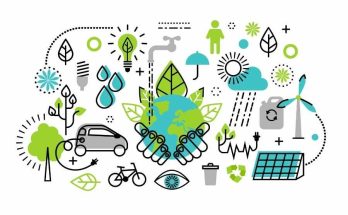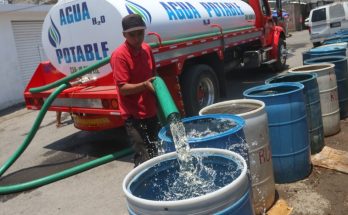By Alejandro Angulo
Mexico celebrated September 29 as Día Nacional de Maíz (National Corn Day), and you, my dear reader, should ask yourself if you are malnourished, since “type B malnutrition” is a different type of nutritional deficiency than what is commonly known as “malnutrition.” The concept was coined by the World Health Organization in March 2006 and refers to the lack of nutrients present in some foods. Malnutrition is the result of having an unbalanced diet in which there is a lack of nutrients or whose intake is given in the wrong proportion.
The loss of nutrients in food is detrimental to health. Fruits and vegetables are the most affected, showing a decrease that varies between 5% and 40% or more in minerals, vitamins, and proteins in the different food groups, especially those of plant origin.
What are the causes? Well, the first cause of nutrient loss occurred when intensive agriculture spread as a form of cultivation. It began in the 1940s, in the quest to increase production, yield, and profits by using chemical fertilizers and pesticides, and later by optimizing genetics in a controlled manner and as permitted by health authorities.
Another cause lies in conservation methods involving treating food to increase its useful life and safety for later consumption. When a heat treatment is applied, a relationship between enzymatic/microbiological inactivation and nutritional/organoleptic quality of foods is sought. But these also cause slight losses of beneficial nutrients.
In the case of fruits and vegetables, blanching (both steam and hot water) and cooking lead to leaching losses of vitamin C in the cooking water since vitamin C is water-soluble and heat-labile. Likewise, thermal malnutrition of vitamin B1 (thiamine) leads to a characteristic odor that participates in the development of the “meat” flavor and aroma of cooked foods. On the other hand, heat treatments can also cause loss of mineral substances by leaching during cooking and blanching.
What about proteins and amino acids? Any food that contains proteins and sugars, when heated (even at low temperatures and for short periods of time), suffers a loss of amino acids (lysine, arginine, histidine, etc.) due to interactions between these two nutrients. Amino acid losses are enhanced during cooking, evaporation, and dehydration.
On the other hand, and very current, but to a certain extent unknown, is the so-called «nutritional cost of climate change,» which is a secondary effect, but its consequences can be disastrous due to the increase in nutritional deficiencies and health problems that result. However, not all crops react the same. In a report by an intergovernmental panel, it is reported that rice and wheat, two of the essential crops for feeding humanity, carry out «C3» type photosynthesis (so called because plants produce molecules with three carbons) and are among the most affected. And almost all fruits and vegetables carry out this type of photosynthesis and are therefore among the most affected. Other plants, such as corn, carry out “C4” type photosynthesis (four-carbon molecules) and are less affected. In this way, when a plant with C3 photosynthesis absorbs too much carbon dioxide, the proportion of carbohydrates in its composition increases, and the concentration of proteins and essential micronutrients such as vitamins and minerals is reduced. This happens because plants reduce their ability to take up nitrates (the most common type of nitrogen in the soil) and convert them into organic compounds such as proteins.
So it is that consuming corn, mainly the Creole type, is more nutritious than other grains and vegetables.
The loss of nutritional quality of plant foods will be reflected in the medium and long-term in the health of the world population. A study cited in the Intergovernmental Panel on Climate Change (IPPC) report* predicts that when CO2 levels reach 500 parts per million by 2050, 200 million people will be zinc deficient.
The iron content of foods is also being reduced, which will exacerbate the extent of a nutritional deficiency that is already the most common. It is estimated that two billion people already suffer from low levels of zinc and iron and the situation will worsen in the future. «It’s a huge burden on global health,» wrote Samuel Myers in an article published by the scientific journal “Nature.”
Some 76% of the world’s population currently gets most of their daily protein from plants. As the proportion of this nutrient is reduced due to climate change, hundreds of millions of people will see their intake decrease.
For all these reasons, we must support any action to reduce carbon emissions, the purchase of local products grown in the traditional way, and the consumption of yellow Creole corn.
*E. N. Intergovernmental Panel on Climate Change (IPCC) report from 2013



